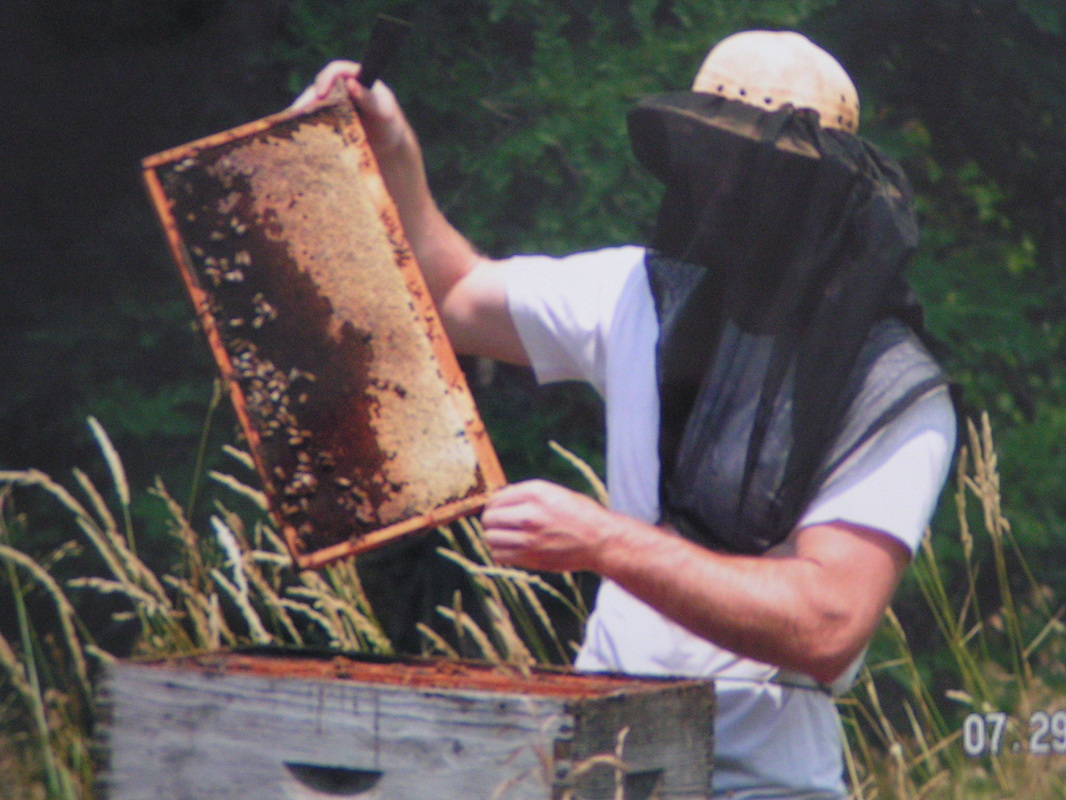Typically, most consider winter preparations consists of the following:
1) Put on a mouse guard at the entrance.
2) Lift the hive and see if it has enough stored honey by how heavy it is.
3) Wrap the hive with some sort of insulation or roofing paper.
4) We build a wind break.
5) We treat for mites and nosema.
These might be good measures to take. However, they are not fail proof. In fact, here are three concerns that probably cause our hives to die during the winter that many overlook:
1) Queenlessness. Your hive is most certain to die if your queen is weak or gone going into winter.
2) Winter Condensation. If you seal up your hive too tight, you might increase the overall condensation within the hive and cause this cold water to constantly drip onto the cluster and eventually kill your hive.
3) Keeping stored honey next to the winter cluster. How many times do we hear that a hive died even though there was plenty of honey.
So, here’s my checklist for what you should be doing to your hives now to prepare for a great hive in the spring:
1) Remove queen excluders.
2) Remove honey supers.
3) Examine the amount of stored honey and be sure your bees have plenty. Most beekeepers in the north lift the back of the hive and hope it feels like there is 70 pounds of stored honey. 70 pounds is the approximate equivalent of 1 medium super full of honey.
4) If your hive is short on stored honey, FEED! Feed 2:1 sugar water. Use an internal or top feeder if robbing is a problem. Robbing is more of a problem during the fall dearth.
5) Make sure that your hive has some sort of upper ventilation. It does not have to be much but something. We now make our inner covers with ventilation slots. And we leave our screen bottom boards open all winter.
6) Use good mouse guards, either metal or wooden entrance cleats to keep mice out.
7) Treat the hives 3 weeks in a row with powdered sugar for mite control. This is best started in August.
8) If wrapping hives, be sure to allow upper ventilation.
9) Combine weak hives with strong ones. Most of the small swarms you caught are not going to winter well unless you caught them in May. Do not feel like a failure if you’ve worked hard to build up your numbers, but now you have to slice your hive count in half by combining hives. Combining ten hives into 5 which survive the winter is better than having 8 out of 10 die out.
Much can be said about preparing a hive for winter, but the hive that has the best chance of surviving the winter will be the hive that was very strong all year and has a young queen. Remember, a strong hive is more apt to be pest and disease free, thus overwintering much better because it does not have viruses caused by mites."
LESSON 40: The Beekeeping Year Starts In The Fall
David & Sheri Burns
Long Lane Honey Bee Farms
217-427-2678
www.honeybeesonline.com

 RSS Feed
RSS Feed
